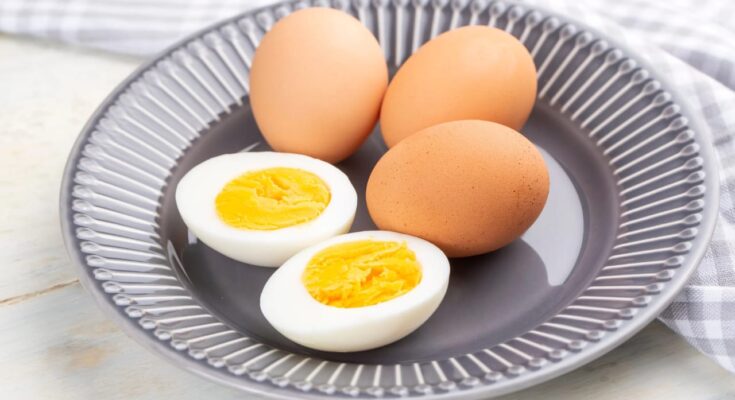Eggs are a valuable source of protein in our diet, especially hen eggs, which are commonly used for cooking and baking. Maintaining the quality of eggs is important to preserve their taste, texture, and nutritional value. Here’s a simple guide on how to keep eggs fresh and of good quality:
1. Structure of an Egg
An egg is made up of three main parts:
- Shell: The hard outer covering protects the egg and has tiny pores. A thin protective layer called the “bloom” or cuticle covers the shell and helps keep bacteria out. If this layer is damaged or washed off, the egg can spoil more quickly.
- Egg White (Albumen): It surrounds the yolk and has three layers — a thick middle layer held between two thinner ones.
- Yolk: The yolk is held in place at the center of the white by two cord-like structures called chalazae. It contains nutrients and is surrounded by a thin membrane (vitelline membrane) that keeps it intact.
2. Buying and Handling Eggs
To ensure you’re buying high-quality eggs, look for the following:
- Clean and unbroken shells: Eggs with clean, intact shells are less likely to be contaminated by bacteria.
- Small air cell: Fresh eggs have a small air pocket (less than 0.3 cm) at the wider end.
- Central yolk: In fresh eggs, the yolk stays in the center when the egg is rotated.
- Clear egg white: The egg white should be thick and not watery.
Tips for Handling:
- Buy eggs from refrigerated stores or cool places.
- Don’t wash eggs — washing can remove the protective bloom, making the egg more prone to bacterial contamination.
- Avoid using dirty or cracked eggs, as they can allow bacteria to enter.
3. Proper Storage of Eggs
Eggs start to lose freshness soon after they are laid, so proper storage is essential:
- Refrigeration: Always store eggs in the refrigerator (ideally at or below 4°C).
- Positioning: Keep eggs in their original carton to prevent moisture loss and odor absorption from other foods.
- Avoid high temperatures: Eggs stored at room temperature will spoil faster.
4. What Happens to Eggs During Storage
Over time, eggs undergo some natural changes:
- The air cell grows larger as moisture and carbon dioxide escape.
- The pH of the egg white increases, making it more alkaline.
- Water from the egg white moves into the yolk, causing the yolk to enlarge and weaken the membrane.
- The egg white becomes thinner and more watery.
5. How to Test Egg Freshness
Here are some simple ways to check if an egg is fresh:
- Water Test: Place the egg in a bowl of water:
- Fresh eggs sink and lie flat at the bottom.
- Slightly older eggs will stand upright on one end.
- Rotten eggs float because of the large air pocket.
- Candling: Hold the egg against a bright light. Fresh eggs will have a small air cell and a well-centered yolk.
- Crack Test: When you break a fresh egg, the yolk will be round and firm, and the egg white will stay close to the yolk without spreading too much.
- Smell Test: A bad egg will have a strong, unpleasant odor when cracked.
6. Maintaining Egg Freshness
- Eggs can stay fresh for about 10–12 days at room temperature (28°C), but they last much longer when refrigerated (up to 4–5 weeks).
- Buy eggs from reliable sources that store them in cool conditions.
- Avoid rough handling or exposure to heat, as this can cause faster spoilage.
- Don’t use cracked or dirty eggs, as they are more likely to harbor bacteria.
- Always wash your hands after handling eggs to prevent contamination.
By following these simple tips, you can keep your eggs fresh and ensure they stay safe and nutritious for cooking and eating.





Pretty section of content. I just stumbled upon your blog and in accession capital to assert that I get actually enjoyed account your blog posts. Any way I will be subscribing to your feeds and even I achievement you access consistently fast.